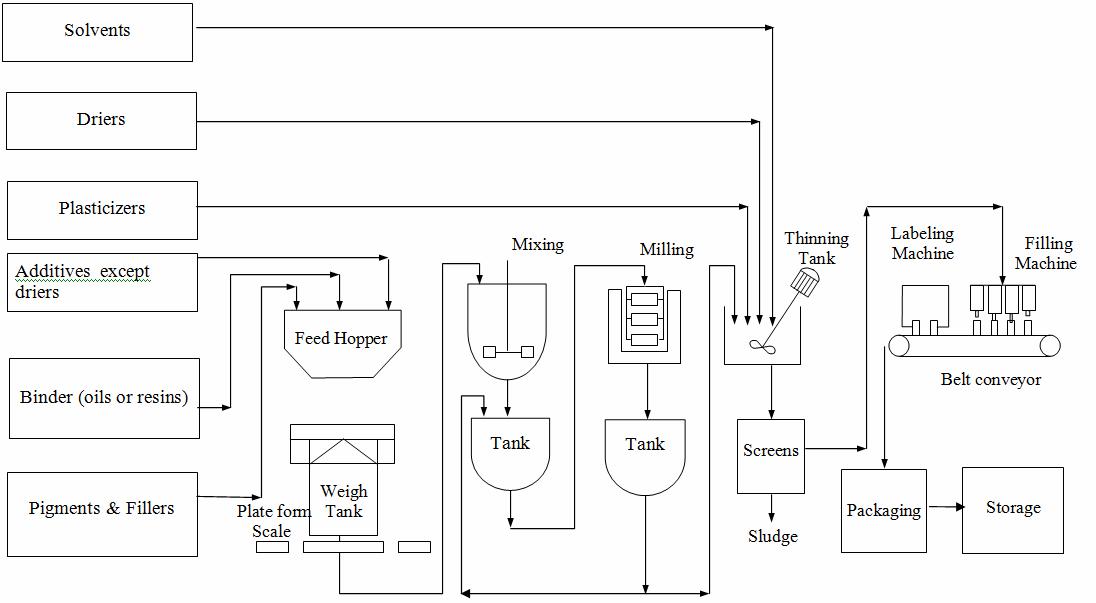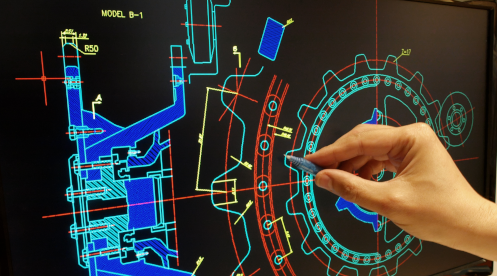The Digital Thread
This article explores which data are collected in advanced manufacturing and shows how those data support the digital thread to increase efficiency, safety, and product quality.
Resource Title:
The Digital Thread
Description:
This article explores which data are collected in advanced manufacturing, and shows how those data support the digital thread to increase efficiency, safety, and product quality.
Target Grade Level:
Grades 9-12
Discipline or Course (Audience):
Introduction to Manufacturing, Introduction to Engineering or Engineering Design
Time Frame:
One 45-minute session
Suggested Grouping:
Individual
Key Vocabulary:
technical data package, digital thread, digital twin, product data, production data, business data, logistics
STUDENT CONTENT BELOW THIS LINE
Have you ever taken a nostalgic look through your social media accounts? Looking back at your Instagram photos, TikTok videos, or saved Snaps might refresh your memory of where you’ve been and what you’ve done over the past weeks, months, or even years. Social media platforms let you capture a moment in time and, collectively, create a “digital footprint” of your life to share with others.
In advanced manufacturing, products have a digital footprint full of data collected along the way, kind of like your social media accounts. This digital footprint is shared through what is called the digital thread. So, what is the digital thread and what is it used for? Watch Web Link - Digital Thread in Manufacturing to learn more.
In advanced manufacturing, a digital thread is defined as a communication network that allows for the flow of information (or data) over the life cycle of a product. You can think of it as a living, dynamic space that allows for product iteration, communication, data collection, data sharing, and feedback, all in real time. Simply put, it is the movement of data collected about the product and all the activities that are needed to manufacture it, shared through the network in real time. So, in some ways, the digital thread is like a social network platform! It can communicate information (or data) about activities between different people, groups, or even software, as those events are happening. Watch this video to learn more: Web Link - Understanding the Digital Thread
Figure 1: Hand pointing at digital screen
The digital thread allows manufacturers to collect and share data to ensure manufacturing safety and efficiency. This data can be product data, manufacturing data, or business data. Let's explore each of these types of data in more detail.
Product Data
Computer-Aided Design (CAD) is essential to developing and growing the digital thread for a new product. CAD programs allow you to create designs, identify specifications, and select materials you plan to use to create the product. As the product moves through the Design Stage towards the Build It Stage, the data stored in the CAD programs can lead to the development of a digital twin. The product's digital twin can be used for rapid prototyping, improving the product's design based on customer and production feedback, and identifying when maintenance or repairs may need to be done. The product data includes all of the data that is specific to your product design and digital twin.
Here are some examples of product data:
- Scale drawings: These illustrations capture the product with accurate measurements reduced or enlarged by a certain amount. They can easily be captured and added to your technical data package to quickly share the dimensions and visual representation of your product.
- Schematics: These are detailed diagrams that show the correct measurements and layout of the electronic and mechanical components of a product.
- Digital Twin: This three-dimension, virtual CAD model shows the detailed composition of a product that can also display live data from the real object in use. This data can be used to identify maintenance, repair and/or potential safety concerns while in use.
- Patent application: It’s important that you legally protect your product ideas and designs if they are original and you plan to manufacture and sell them. In the United States, you can apply for a patent which is a license to be the sole manufacturer of your product for a period of time. You can learn more about the patent process in Article - Intellectual Property: Document and Defend and Activity - Publicly Available or Privately Held? Conducting Patent Searches .
Production Data
Production data includes all of the data related to the manufacturing processes. Before your product becomes a physical model, manufacturing plans are created. These plans include assembly instructions and standard operating conditions that will be monitored by digital sensors throughout the production process. Digitally collected production data provide valuable input into the digital thread and result in increased efficiency in your production.
Figure 2: Manufacturing Flowchart
Here are some examples of production data:
- Assembly instructions: Each Certified Production Technician must fully understand the assembly processes in their workplace, so collecting data about the assembly process and digitally documenting it is necessary to keep everyone up to speed.
- Manufacturing processes: It’s important that manufacturers clearly describe every step of how products are manufactured and constantly monitor them. Using Industry 4.0 tools, this can easily be tracked using sensors and electronic diagrams and tools.
- Quality checks: Whether using a digital twin or prototype testing, ensuring the quality of a product requires collecting a lot of information about how it was tested and how successful each test is as well as how well the product is working.
- Supply chain management: We live in a “just-in-time” world where materials used for manufacturing are shipped to the manufacturing facility as they are needed. Advanced manufacturing relies on accurate logistics data being shared in real time with suppliers.
- Digital twin: Did you know that you can create a digital twin for a process, too? It allows you to test and monitor manufacturing processes in order to identify opportunities to improve efficiency and troubleshoot problems along the way.
- Safety requirements: Perhaps you’ve seen signs in businesses that say “X number of days since an accident.” This used to be the only way that businesses would track and share safety data. Today, the digital thread is able not only to track the safety of a manufacturing facility but also to use digital twins to help anticipate hidden dangers before they become accidents.
Business Data
Products don’t sell themselves. Products are owned by businesses that will market, sell, distribute, and support their use. So it’s equally important that you’re tracking business data, too.
Figure 3: Modes of transportation and shipping
Here are some examples of business data:
- Employment data: To stay current with all employment laws and regulations to ensure safety and fair treatment, employers must collect data related to such activities as hours worked, working conditions, and compensation.
- Corporate data: There are many things that companies need to collect data about in order to stay in compliance with state and federal laws and regulations, from setting up the business to ensuring ethical practices and environmental stewardship.
- Marketing and sales data: Once a product is manufactured, it needs to be marketed and advertised to potential customers. Collecting data about the demographics of possible customers, for example, is important in your sales decision-making.
- Logistics data: As with supply chain management, logistics data related to distribution and order fulfillment must be accurately recorded and shared in real-time.
- Support data: Companies need to be aware of any issues their customers are having while using the products. When this data enters the digital thread, it can result in improvements in product design and production as well as identify the need for any immediate safety responses (i.e. recalls). We added in this section.
Conceptual Technical Data Packages
In manufacturing, a product’s data is shared throughout the digital thread in the form of conceptual technical data packages. Conceptual technical data packages make it possible and support the digital thread. Conceptual technical data packages can include such artifacts as schematic drawings, assembly instructions, and inspections, just to name a few. Keeping technical data packages current and full of information about a product’s life cycle is very important. It helps to increase safety, efficiency, and productivity throughout the manufacturing process.
Advanced manufacturing is truly a data-driven industry, and the digital thread and technical data packages keep products moving efficiently throughout the manufacturing process.
At-Home Discussion Question:
- Some homes are "smart" homes and have a lot of technology to store and share information. A refrigerator might tell you that you're out of milk, and virtual assistants might help your turn on and off the lights. There are many ways that members of a household share information. How is information shared in your family's own "digital thread"? What kind of information is shared? How can 4.0 technologies help you share information more quickly?
Additional Resources to Explore:
- Learn more by reading Web Link - The Digital Thread in Manufacturing
- Digital Thread Discussion: Web Link - Digital Thread in Manufacturing
- Learn more about digital twins: Web Link - What is a Digital Twin?
Featured Manufacturer:
- Learn how this company is supporting Ohio manufacturers with Industry 4.0 technologies supporting the digital thread including augmented reality, CAD, and IIoT: Web Link - PTC Corporation







